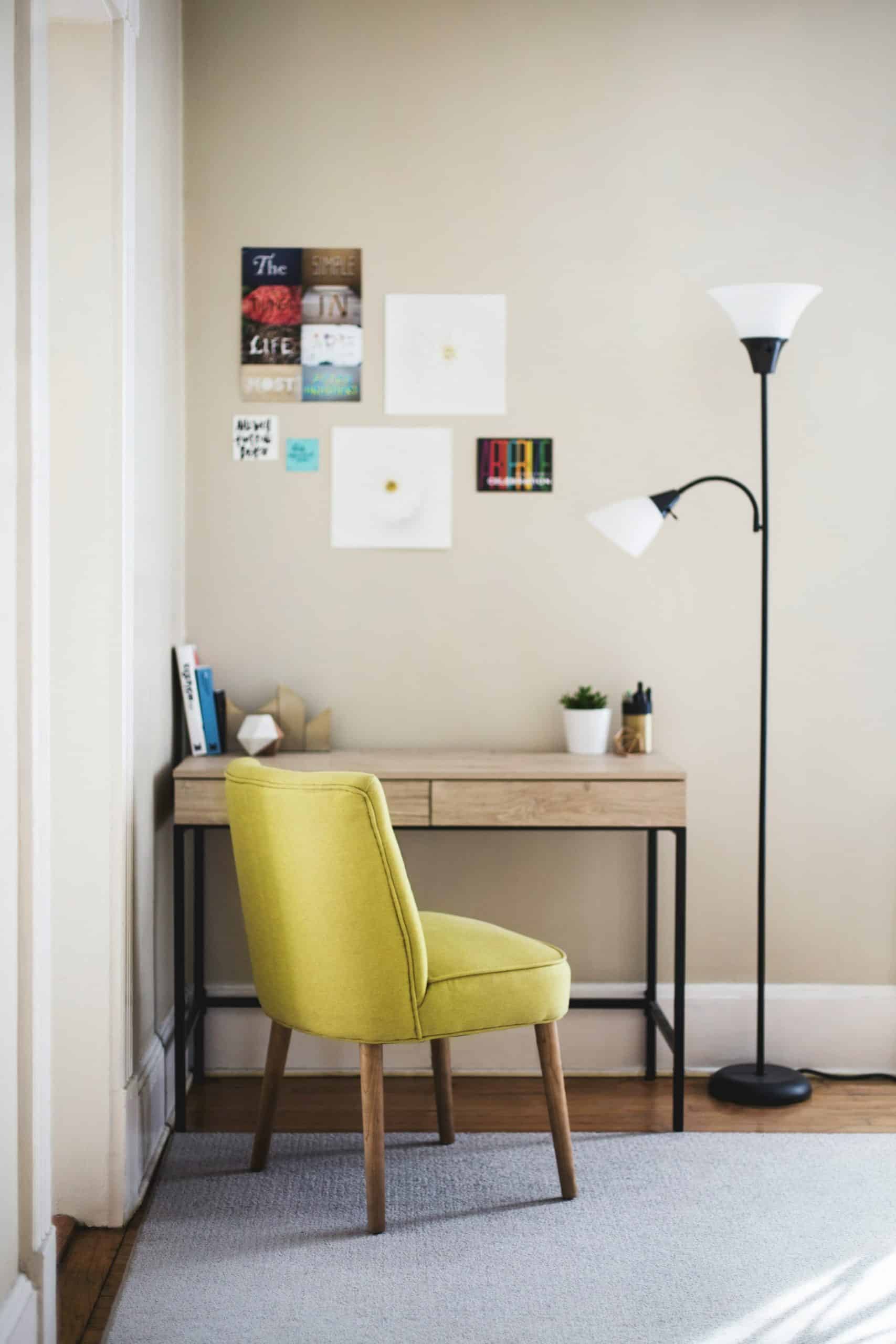Designing a vegetable patch in a shaded backyard may seem like a daunting task, but with the right knowledge and a little ingenuity, it’s a task you can handle with ease. Not all vegetables require full sun to grow well, and many can even thrive in partial shade. The key is knowing which plants to grow and how to lay out your garden to take advantage of the light you do have. In this article, we are going to explore some of the best vegetables for shaded areas, ideas for maximizing your space, and tips for planting and maintenance.
Understanding the Impact of Shade on Plants
First things first, let’s understand how shade affects plants. Like all living creatures, plants depend on sunlight for photosynthesis. This process allows them to convert sunlight into the energy they need to grow and produce fruit. However, not all plants have the same sunlight requirements.
A lire également : How to Choose the Right Size and Style of Chandelier for a High Ceiling Entryway?
Some plants, like tomatoes, peppers, and squashes, will need six or more hours of direct sunlight to thrive. On the other hand, some vegetables can grow well with less sun. This characteristic makes them ideal candidates for your shaded garden.
Understanding the different categories of shade is also essential to plan your bed design effectively. Light shade refers to areas that get three to four hours of sunlight per day, while full shade areas receive no direct sun at all.
Dans le meme genre : How to Create an Accessible Bathroom Design for Elderly Family Members?
Choosing the Best Vegetables for Shaded Gardens
Generally speaking, leafy vegetables and root crops are the best types of vegetables to grow in shaded gardens. That’s because these vegetables are primarily grown for their leaves or roots, not their fruit. Here are some that you may want to consider:
-
Lettuce: Lettuce is a cool-weather crop that thrives in partial shade. It can tolerate as little as two hours of sunlight per day.
-
Spinach: Another leafy green, spinach, can do well in three to four hours of sunlight per day.
-
Carrots: While carrots are root vegetables, they can still do well in partial shade. They may grow slower and be smaller, but they will still be tasty.
-
Radishes: Radishes are fast growers and do well in partial to full shade.
-
Beets: Beets are another root vegetable that can tolerate shade. Both the beet root and the leaves are edible.
Design Ideas for Maximizing Space in Shaded Gardens
While it might seem like working with a shady garden limits your options, it’s important to remember that every garden site comes with its unique opportunities and challenges. One way to address the issue of limited sunlight is by maximizing the use of your space. Here are some design ideas:
-
Vertical Gardening: Growing plants vertically, such as on trellises or in hanging baskets, will allow you to take advantage of any sunlight that is available.
-
Tiered Beds: Plant taller plants in the back of your garden and shorter ones in front. This layout will help prevent larger plants from blocking the sun from reaching smaller ones.
-
Container Gardening: Containers can easily be moved to areas with more sunlight if needed.
Planting and Maintaining Your Shaded Vegetable Garden
Once you’ve chosen your plants and designed your garden, it’s time to get planting. Remember that soil quality plays a pivotal role in the success of your garden. Make sure to prepare your beds well with good-quality compost or organic fertilizer before planting.
When planting, pay attention to the spacing guidelines on the seed packets or plant tags. Overcrowding plants can lead to disease and poor growth, especially in shaded areas where airflow may be limited.
Lastly, don’t forget about watering. While shaded gardens tend to retain moisture better than those in full sun, it’s still important to monitor the soil’s moisture levels and water as necessary.
Adapting to Changes and Challenges
Gardening in a shaded backyard will involve some trial and error. What works for one gardener might not work for another. That’s why it’s crucial to observe your garden closely, note what’s working and what’s not, and be willing to make adjustments as necessary.
Remember, gardening is a fun and rewarding hobby. Even if you don’t get everything right the first time, don’t be discouraged. With time, patience, and a willingness to learn, you’ll be able to create a thriving vegetable patch in your shaded backyard.
Practical Layout Ideas for Shaded Vegetable Gardens
Creating a practical yet visually appealing layout for your shaded vegetable garden is key to making the most out of the available sunlight. The layout can make a significant difference in how your plants grow and how they interact with each other, particularly in a shade garden where sunlight is limited.
Raised beds or elevated garden beds are a popular choice for many gardeners dealing with shady spaces. They offer excellent drainage, are easy to maintain, and can be placed in areas that get the most sunlight during the day. A well-placed raised bed can significantly increase your vegetable garden’s productivity.
Another garden design idea for shaded areas is companion planting. This method involves growing plants together that benefit each other in some way. For instance, planting spinach, which thrives in partial shade next to taller plants like tomatoes can protect them from getting too much sun.
Incorporating a garden trellis or other vertical garden structure into your garden plan can also be beneficial. Many plants, such as peas and beans, will grow upwards. This vertical growth can help maximize the limited sunlight by allowing it to reach more leaves.
Always remember, the goal is to design a garden layout that maximizes sunlight exposure for all plants. So, don’t be afraid to move your garden beds or containers around until you find the best position. Image credit to Leigh Clapp for providing inspiring garden ideas.
Concluding Thoughts: Embrace the Challenge of a Shade Garden
Designing a vegetable patch in a shaded backyard might seem intimidating initially, but it can also be a fun and rewarding experience. With some creativity and planning, any backyard can become a productive and beautiful garden, regardless of how much sunlight it gets.
By understanding your backyard’s specific shade levels and selecting suitable vegetables that can handle less full sun, you’re already on the right path. Using practical garden layout ideas such as raised beds, companion planting, and vertical gardening can further help get the most out of your space.
Maintaining your garden involves regular watering, monitoring soil health, and being willing to adapt your garden plan when needed. Remember, success in gardening doesn’t always come immediately. It’s a process of learning, adapting, and growing – much like the plants in your garden.
In conclusion, don’t let a lack of sunlight discourage you from starting your vegetable garden. Embrace the unique challenges that come with a shade garden, and you’ll soon find joy in harvesting fresh plants from your own backyard. After all, the satisfaction of eating homegrown vegetables is worth the effort. Happy gardening!






